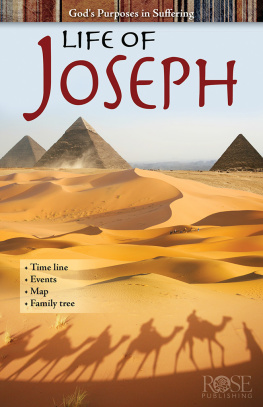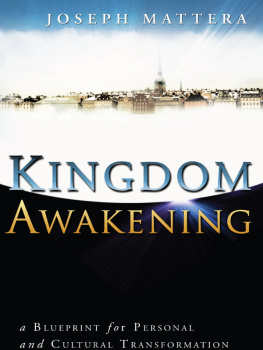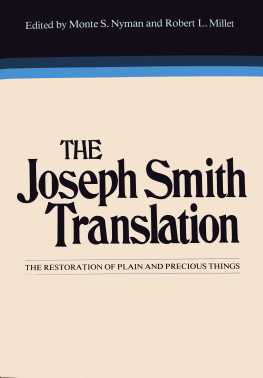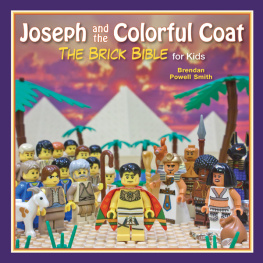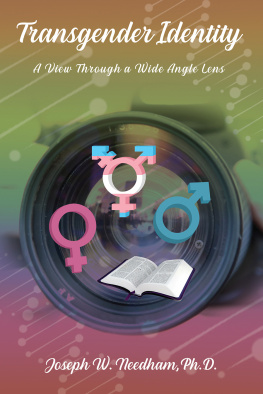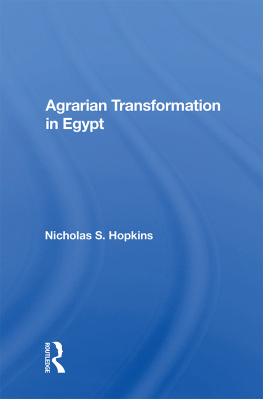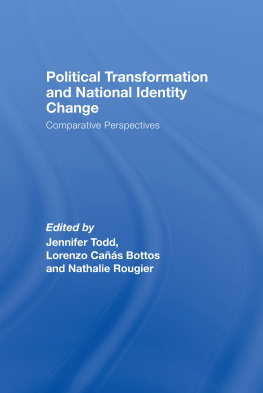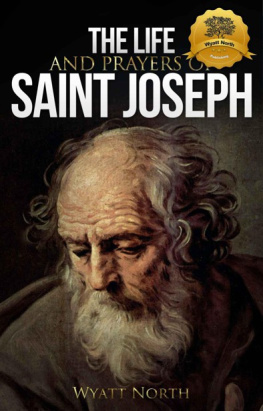Table of Contents
Guide

Kirsten Marie Hartvigsen
Aseneths Transformation
Deuterocanonical and
Cognate Literature Studies

Edited by
Friedrich V. Reiterer, Beate Ego, Tobias Nicklas and
Kristin de Troyer
Volume 24

Kirsten Marie Hartvigsen, born 1973; 2009 PhD; 2010 a three-year post-doctoral scholarship from The Research Council of Norway; Since 2016 Senior Lecturer at the Department of Teacher Education and School Research at the University of Oslo, Norway.
Published with the support of the Research Council of Norway

ISBN 978-3-11-036337-1
e-ISBN (PDF) 978-3-11-036689-1
e-ISBN (EPUB) 978-3-11-038640-0
ISSN 1865-1666
Library of Congress Control Number: 2018962500
Bibliographic information published by the Deutsche Nationalbibliothek
The Deutsche Nationalbibliothek lists this publication in the Deutsche Nationalbibliografie; detailed bibliographic data are available on the Internet at http://dnb.dnb.de.
2018 by Walter de Gruyter GmbH, Berlin/Boston
www.degruyter.com

Dedicated to:
Elisabeth Asdal Hartvigsen and
David Asdal Hartvigsen
Preface
In 2010, I received a three-year scholarship from The Research Council of Norway to study Joseph and Aseneth . I started working at the Faculty of Theology at The University of Oslo. However, the scholarship also included funding which enabled me to spend five months at the Faculty of Theology at The Christian-Albrechts-Universitt in Kiel and three months at The University of Chicago Divinity School. Furthermore, I was hired to teach at the Department of the Study of Religion at Aarhus University, which financed a further year of research.
During this period, I was invited to join three international projects. As part of these collaborations, I produced three essays which have been or will be published in three anthologies. One project dealt with rewritten scripture, one with ancient meals, and one with conversion. Because it takes time to publish anthologies and monographs, most of these contributions are published within the same time frame. However, they represent different phases of my research.
In 2014, de Gruyter accepted my study for publication, but shortly thereafter I became unemployed, and was not allowed to make revisions to the manuscript. Subsequently, I worked for a period at a junior high school. In August 2016, I was employed by the Department of Teacher Education and School Research at The University of Oslo. This position enabled me to revise the manuscript for publication.
With hindsight, this process has been a blessing, because the project has been inspired by several research milieus and individual scholars. I want to thank everyone who has commented on my work in various formal and informal settings. The feedbacks I received on my drafts improved the quality of the study, and the themes examined in the three projects allowed me to explore Joseph and Aseneth from different angles.
In addition to members of the institutions, departments, and projects mentioned above, I have to thank some individuals. Prof. Dr. David Hellholm read through the manuscript twice, once before it was sent to de Gruyter the first time, and once after it was revised. He also copy-edited the manuscript and composed the camera-ready copy in cooperation with Christer Hellholm. I also thank Dr. Brian McNeil who has improved my English.
Thanks are also due to the publishing company, Walter de Gruyter, and the Editorial Director, Dr. Albrecht Dhnert, as well as to the editorial board of this series for accepting the volume for publication and for waiting so patiently for the revised manuscript.
The publication of this study was made possible through the financial support of The Research Council of Norway.
Last, but not least I want to thank my family and friends. You are always there for me. This book is dedicated to my niece and nephew, Elisabeth Asdal Hartvigsen and David Asdal Hartvigsen. You fill my life with joy.
Oslo, 30 September 2018
Kirsten Marie Hartvigsen
1Introduction
The existence of Joseph and Aseneth indicates that the snippets of information about Aseneth in Gen 41:45, 41:50, and 46:20 stimulated interest in how the daughter of an Egyptian priest could marry Joseph and become the mother of Manasseh and Ephraim. However, Joseph and Aseneth also attends to topics which were not mentioned in Genesis.
Because Joseph and Aseneth fills in a gap in a canonical text, the scenes it depicts probably gain authority. As a result, they confer legitimacy on the topics they treat. It is therefore unfortunate that the author and the audience for whom These hypotheses probably reflect the fact that the scenes, themes, metaphors, and other symbolic features constituting the narrative are so open-ended that they may in fact illuminate different contexts.
On account of the complexity of the narrative and the unspecified context(s) of its composition and early transmission, this study does not focus on presenting yet another hypothesis on the milieu(s) reflected in Joseph and Aseneth . The aim of this study is, rather, to scrutinize the literary portrayal of Aseneths profound transformation from three perspectives. 1. How do Aseneths encounter with Joseph and her subsequent transformation affect various aspects of her identity? 2. How do the portrayals of Aseneth, her transformation, and her abode relate to selected entrenched metaphors, other symbolic features, and functions depicted in the Septuagint (LXX), the Hebrew Bible, and the Pseudepigrapha? How are these interrelationships interpreted by readers and audience members? 3. How do the ritualized components through which Aseneths transformation occurs function in the narrative, and why are they perceived to be effective?
In order to shed light on these facets of Joseph and Aseneth , four contemporary approaches are utilized, namely, theory of intersectionality, conceptual blending theory, intertextual blending theory, and cognitive theory of rituals and ritual efficacy/magic. As far as I know, this combination of approaches has not been employed in research on Joseph and Aseneth before.
Among other things, theory of intersectionality sheds light on various elements that constitute a persons identity and on how these aspects are interrelated. In this study, facets of this theory are employed to scrutinize various features of the portrayal of Aseneth in the novel: her initial identity as the daughter of an Egyptian polytheist priest, the transformation of facets of her identity, and her new identity as a Hebrew woman who worships the living God and as Josephs (future) wife. Conceptual blending theory focuses on how conceptual blends, such as metaphors, are processed by the minds of readers and audience members. In this study, conceptual and intertextual blending theories illuminate how entrenched metaphors and other symbols from the LXX and the Hebrew Bible may influence interpretations of the literary portrayal of Aseneth. Whereas some components of these entrenched metaphors are preserved, others are reinterpreted in Joseph and Aseneth . Cognitive theory of rituals and ritual efficacy/magic is able to explain the transformative power of rituals, that is, how performances of ritual actions are perceived to accomplish change pertaining to objects and participants. In this study, the actions, objects, and agents involved in Aseneths transformation are analyzed to illuminate why and how they contribute to her transformation.


